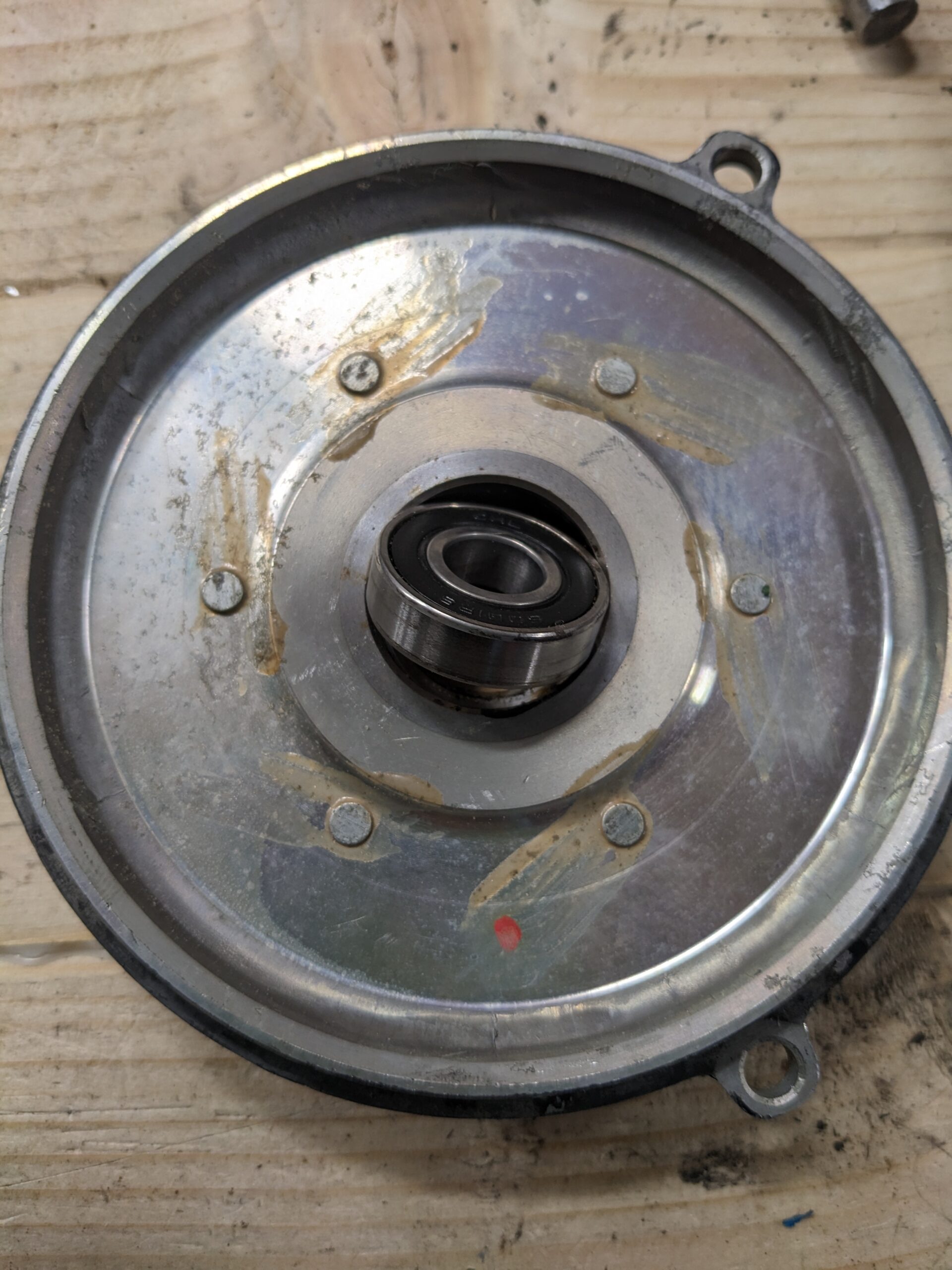Jeremy McCreary
Bought it anyway
- Region
- USA
- City
- Carlsbad, CA
Considering the new Velotric Breeze 1 hub-drive for my wife — in part, because it allows you to choose between torque- and cadence-sensing assist while riding.
Anyone have experience with this dual-assist scheme on any ebike?
I'd never choose cadence-sensing assist for myself, but it might make sense for my wife, who likes to pedal but doesn't like the effort needed to ride the torque-sensing hub-drive she has now. Ghost-pedaling might be more to her liking at her current fitness level, but I just can't bring myself to spend money on a cadence-sensing-only ebike.
My evil scheme: Let her enjoy cycling with me with the cadence-sensing option, then switch when she's built up enough strength and stamina to appreciate the advantages of torque-sensing assist.
NB: Mid-drives are out, as she demands a throttle, and I'll only buy a bike we can test from an LBS able and willing to service it. Luckily, we have Aventon and Velotric dealers nearby.
Thanks!
Anyone have experience with this dual-assist scheme on any ebike?
I'd never choose cadence-sensing assist for myself, but it might make sense for my wife, who likes to pedal but doesn't like the effort needed to ride the torque-sensing hub-drive she has now. Ghost-pedaling might be more to her liking at her current fitness level, but I just can't bring myself to spend money on a cadence-sensing-only ebike.
My evil scheme: Let her enjoy cycling with me with the cadence-sensing option, then switch when she's built up enough strength and stamina to appreciate the advantages of torque-sensing assist.
NB: Mid-drives are out, as she demands a throttle, and I'll only buy a bike we can test from an LBS able and willing to service it. Luckily, we have Aventon and Velotric dealers nearby.
Thanks!
Last edited:
